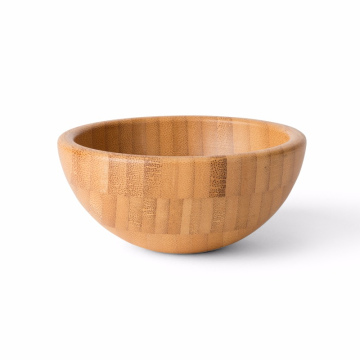Donburi Food Trip
Introduction to Donburi: The Comfort Food of Japan
Donburi, a quintessential dish in Japanese cuisine, offers a unique culinary experience that showcases the harmonious balance of rice and various toppings. At its core, donburi consists of a serving of steamed rice, which acts as a comforting base, often accompanied by a wide range of ingredients that can transform it into a hearty meal. The term "donburi" itself refers to both the dish and the bowl it is served in, indicating the close connection between the container and its contents.
The origins of donburi can be traced back to the Edo period in Japan when it emerged as a convenient meal for the working class. The development of this beloved rice bowl dish reflects the need for an easily consumable food that caters to busy lifestyles without compromising flavor or nutritional value. Today, donburi has evolved to encompass numerous styles and toppings, ranging from traditional ingredients like tempura, unagi (grilled eel), and gyudon (beef), to modern variations that incorporate seasonal vegetables and international flavors.
What truly sets donburi apart is its adaptability; the combination of rice and toppings allows for endless variations, making it a canvas for creativity. Not only does it satisfy hunger, but donburi also evokes a sense of nostalgia and comfort, heavily ingrained in Japanese culture. The communal aspect of sharing donburi dishes, whether at home or in restaurants, further solidifies its status as a staple in traditional and modern Japanese dining.
In exploring donburi, one delves into the heart of Japan’s culinary landscape, discovering how this simple yet profound dish continues to resonate with people of all ages, transcending mere sustenance to embody a rich tradition of flavor and comfort.
Rice, Toppings, and Tradition: A Donburi Food Trip in Japan
Discover the delightful world of Donburi, a beloved Japanese rice bowl dish that combines steamed rice with a variety of toppings. Originating from the Edo period, donburi reflects traditional and modern culinary practices across Japan. Explore regional specialties like Gyudon and Katsudon, learn about creative toppings and traditional preparation methods, and get tips for making donburi at home. This blog post celebrates the adaptability and comfort that donburi brings to diners of all ages, illustrating its importance in Japanese culture and cuisine.




